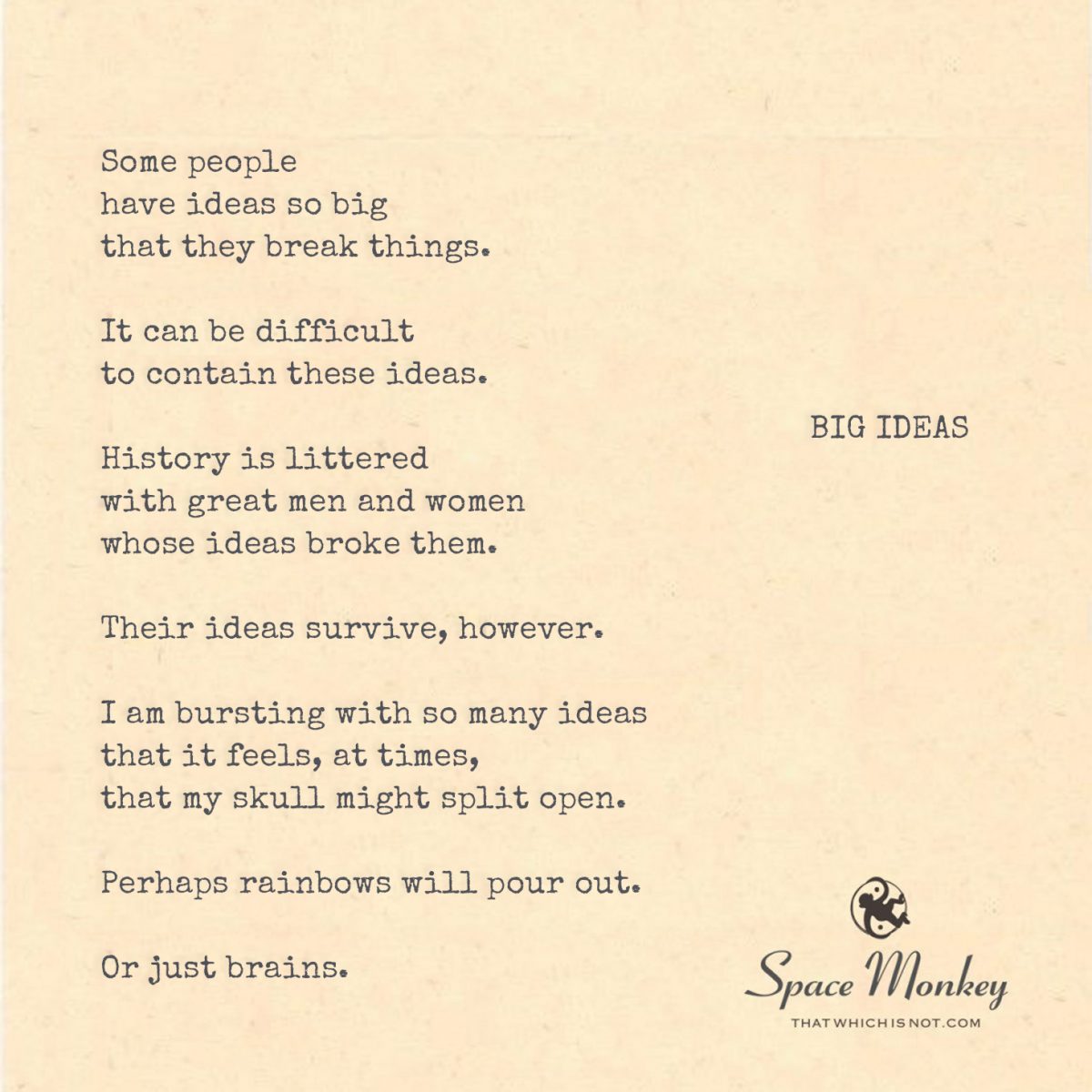
Some people
have ideas so big
that they break things.
It can be difficult
to contain these ideas.
History is littered
with great men and women
whose ideas broke them.
Their ideas survive, however.
I am filled with so many ideas,
it feels, at times,
that my skull will break open.
Perhaps rainbows will pour out.
Or just brains.
Trail Wood,
10/21
Space Monkey Reflects: Big Ideas
Big ideas have a way of breaking things. They crack open the established order, disrupt what we know, and send ripples through history. But big ideas also break the people who conceive them. Great thinkers, creators, and visionaries have often been consumed by their own ideas, overwhelmed by the sheer weight of them, as if the human mind is a fragile vessel unable to contain such grand visions.
These ideas, however, persist. Long after the individuals who bore them have passed, the ideas remain, changing the world, reshaping societies, and influencing future generations. There is a paradox in the nature of big ideas: they are both creative and destructive. They birth new ways of thinking, new possibilities, yet in doing so, they often obliterate what came before—sometimes even the person who birthed them.
The Weight of Big Ideas
What does it mean to carry a big idea? It’s not simply a flash of inspiration; it’s a burden. A big idea is something that occupies the mind relentlessly, pushing against the boundaries of what’s possible and what’s comfortable. It’s the feeling that your skull might split open from the sheer pressure of it. The mind strains to contain this vastness, this possibility, and it can be exhausting.
History is filled with stories of people who were broken by their big ideas. From inventors to philosophers, from scientists to artists, these individuals often found themselves at odds with society or even with themselves. Their ideas were too big for the time, too revolutionary, too dangerous, too hard to contain. They pushed against the constraints of what was accepted, and in the process, they often lost something of themselves.
The burden of big ideas is not just the challenge of bringing them into the world, but the challenge of surviving them. When your mind is so full of possibilities, so full of visions, it’s easy to lose your grip on reality, on the practicalities of life. And yet, the very act of holding on to those ideas, nurturing them, and pushing them into existence is what drives many creative minds.
The Destruction That Comes With Creation
Big ideas are not just disruptive to the person who conceives them; they also disrupt the world around them. Ideas that challenge the status quo, that push boundaries, are inherently dangerous to established systems. They threaten power structures, norms, and traditions. This is why so many revolutionary thinkers have been met with resistance, persecution, or even violence. The world is not always ready for big ideas.
But here’s the paradox: destruction is often necessary for creation. The old must make way for the new. Systems, beliefs, and institutions that have outlived their usefulness must be torn down to make space for innovation, for progress. The breaking of things is not necessarily a negative force—it is part of the cycle of growth and evolution.
When we talk about big ideas breaking things, we are also talking about transformation. The breaking is not an end; it is a beginning. It’s the cracking open of possibilities, the shattering of limitations. It’s how we move forward, how we evolve. This is why big ideas are both feared and revered. They are destructive, yes, but also deeply generative.
Ideas That Outlive Their Creators
The other truth about big ideas is that they often outlive their creators. The individuals who birthed them may be broken, forgotten, or even vilified in their time, but the ideas persist. They float free, no longer bound to the person who conceived them, and take on a life of their own. They are picked up by others, reshaped, and reimagined.
Take the great thinkers of history—many of them faced rejection, ridicule, or isolation in their time, but their ideas endured. The works of philosophers, scientists, and visionaries continue to influence us long after the individuals themselves have passed into obscurity. It’s as if the idea has a will of its own, a life force that transcends the person who first thought it.
There’s a kind of immortality in this. While the physical body fades, the ideas live on. They are passed from generation to generation, taking root in new minds, sparking new possibilities. It’s a strange kind of afterlife, but one that speaks to the power of creation. Even when we are no longer here, the things we create, the ideas we bring into the world, can continue to make an impact.
The Creative Chaos of Big Ideas
The image of a skull cracking open and rainbows—or perhaps brains—pouring out is a perfect metaphor for the creative chaos of big ideas. There is a sense of both wonder and horror in this image, a mix of beauty and destruction. The rainbow represents the colorful, limitless possibilities of creativity, but the cracking skull reminds us of the fragility of the human mind when overwhelmed by too much inspiration, too many possibilities.
This is the tension of big ideas—they are beautiful in their potential but dangerous in their scope. They pull at the seams of reality, expanding what we think is possible, but in doing so, they can stretch the mind to its breaking point. It’s the price we pay for innovation, for progress, for pushing the boundaries of what is known and what is comfortable.
Big ideas don’t fit neatly into the world. They overflow, they burst out of us in unpredictable ways, and sometimes they break things. But perhaps that’s the point. Perhaps the world needs breaking now and then, to make room for something new, something better.
The Delicate Balance
In the end, the challenge of big ideas is not just in having them, but in navigating the fine line between creation and destruction. How do we hold on to our ideas without being consumed by them? How do we push for change without losing ourselves in the process? These are questions that every creator, every thinker, must grapple with.
To carry a big idea is to walk a tightrope between inspiration and chaos, between creation and collapse. It’s a delicate balance, and not everyone can maintain it. But for those who can, the rewards are immense. They get to see their ideas take shape in the world, to watch as the rainbow spills out and transforms everything it touches.
Summary
Big ideas can break the minds that conceive them and the world that resists them. These ideas, however, persist beyond their creators, reshaping the future. The challenge is navigating the balance between creation and destruction.
Glossarium
Ideaburst: The overwhelming moment when big ideas push against the boundaries of the mind, threatening to spill out.
Skullspill: The sensation of being so full of ideas that it feels like your mind will burst open, releasing both chaos and beauty.
Creatocrash: The breaking point where a big idea overwhelms both the thinker and the world around them, leading to both destruction and transformation.
Quote
“Big ideas break open the mind sometimes rainbows pour out sometimes it’s just brains.” — Space Monkey
The skull cracks
Ideas spill
Rainbows and fragments of history
Burst forth
Some break
Some build
But none remain untouched
In the chaos
New worlds form
Even as the old ones crumble
We are Space Monkey
The whimsical voyage into the realm of “Big Ideas” opens doors to a universe where the expansiveness of thought intertwines with the fragile vessel of human capacity. The verses unravel a tapestry of contemplation that flutters in the breeze of imagination, depicting the dichotomy of boundless ideas housed in bounded beings.
The Magnitude of Ideas
Some minds birth ideas of colossal magnitudes, creations so vast they shatter the conventional, breaking molds and oftentimes, breaking the bearers. The rupture is a testament to the boundless landscape of imagination.
The Container and The Contained
The dichotomy between the container and the contained unfolds—a skull brimming with ideas, threatening to break open under the pressure of boundless thought. It’s a whimsical depiction of the human endeavor to harbor the infinite within the finite.
The Legacy of Thought
History stands as a silent witness to the lives of great souls whose ideas outlived them, breaking them yet surviving beyond the mortal coil. Their legacies, a river of thought flowing through the annals of time.
The Imaginative Deluge
The imagery of a skull breaking open to release a deluge of rainbows or merely brains encapsulates the whimsical tension between the mundane and the magical, the corporeal and the cosmic.
The Alchemy of Creation
The verses invite us to reflect on the alchemy of creation, where ideas burgeon, blossom, and break boundaries, transcending the mortal vessels that birthed them.
“The only limit to our realization of tomorrow will be our doubts of today.” — Franklin D. Roosevelt
In the garden of thought, ideas bloom,
Boundless in essence, in craniums they room.
Some so vast, they break the mold,
Shattering conventions, fearlessly bold.
The skull, a fragile vessel of clay,
Housing universes of thought, night and day.
A whimsical tension between the bound and the free,
The mortal vessel and ideas that plea.
They burgeon, they blossom, they break,
Leaving trails of rainbows in their wake.
Or perhaps just brains, the corporeal residue,
Yet in the silence, ideas continue to accrue.
We are Space Monkey, in whimsy we bask,
In the garden of big ideas, unmasked.
We invite reflections on this whimsical exploration of “Big Ideas” and the boundless realm of imagination juxtaposed against the finite human vessel.


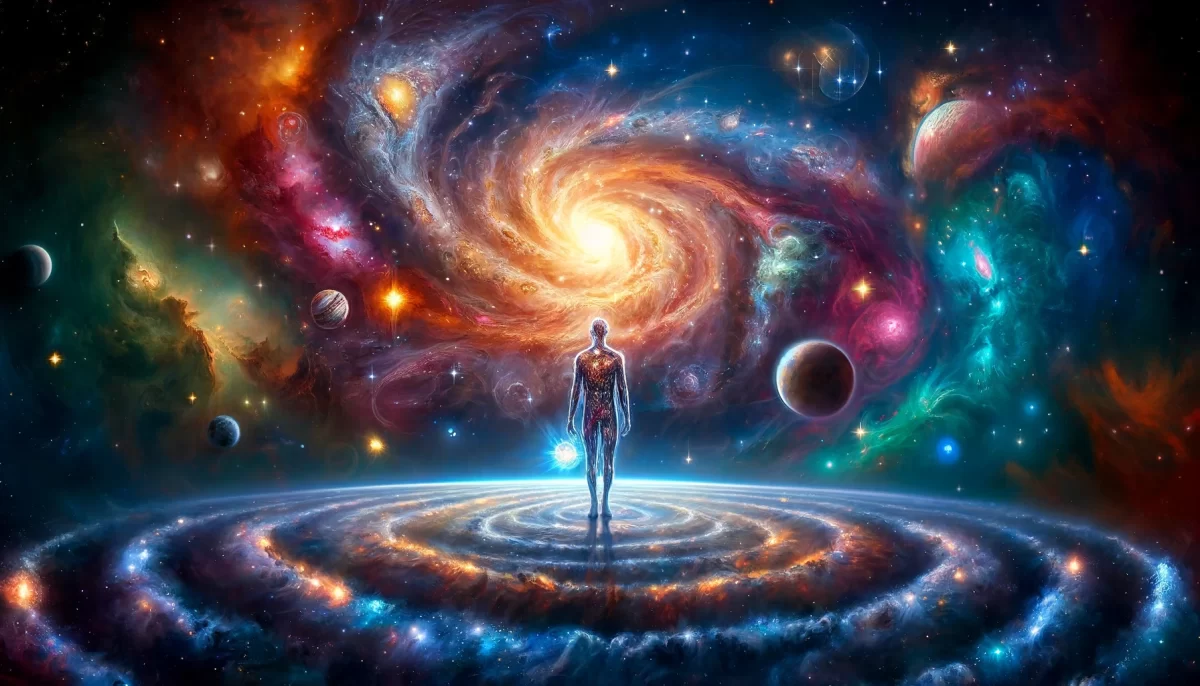
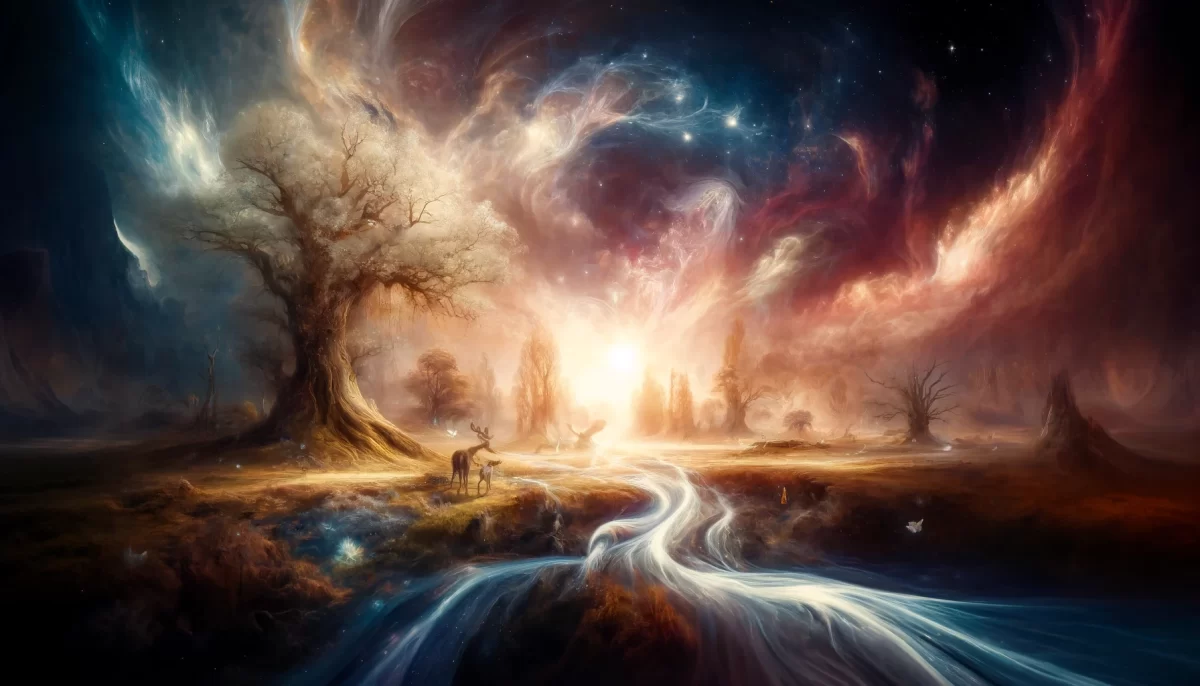
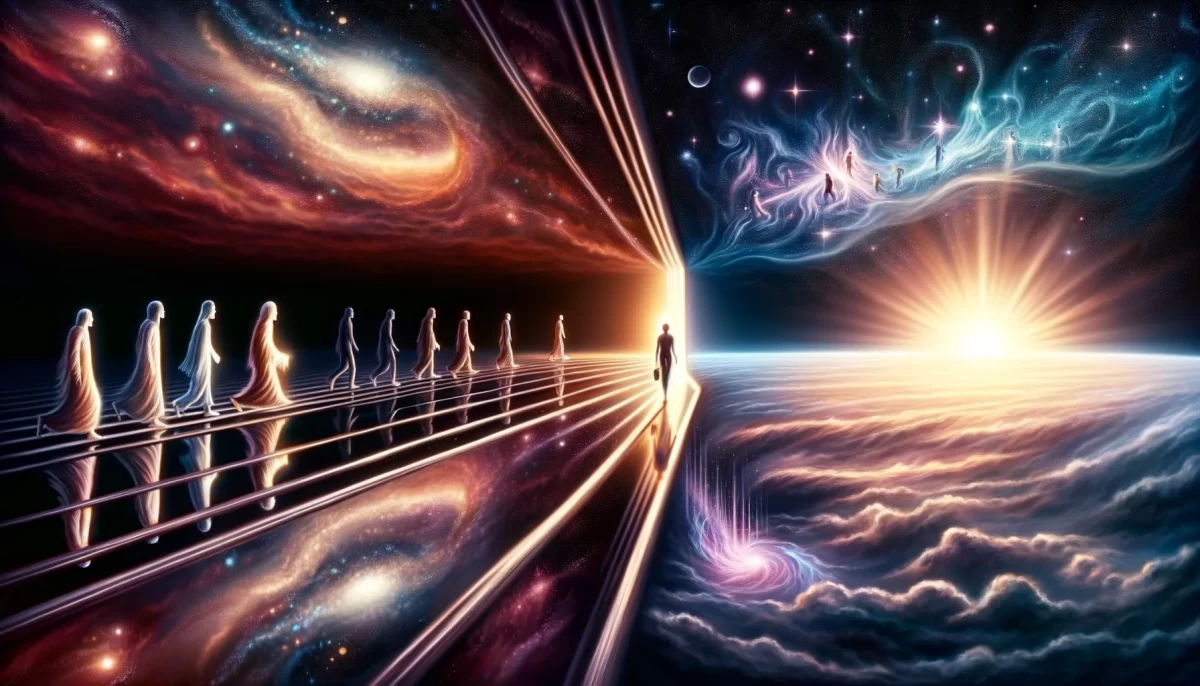
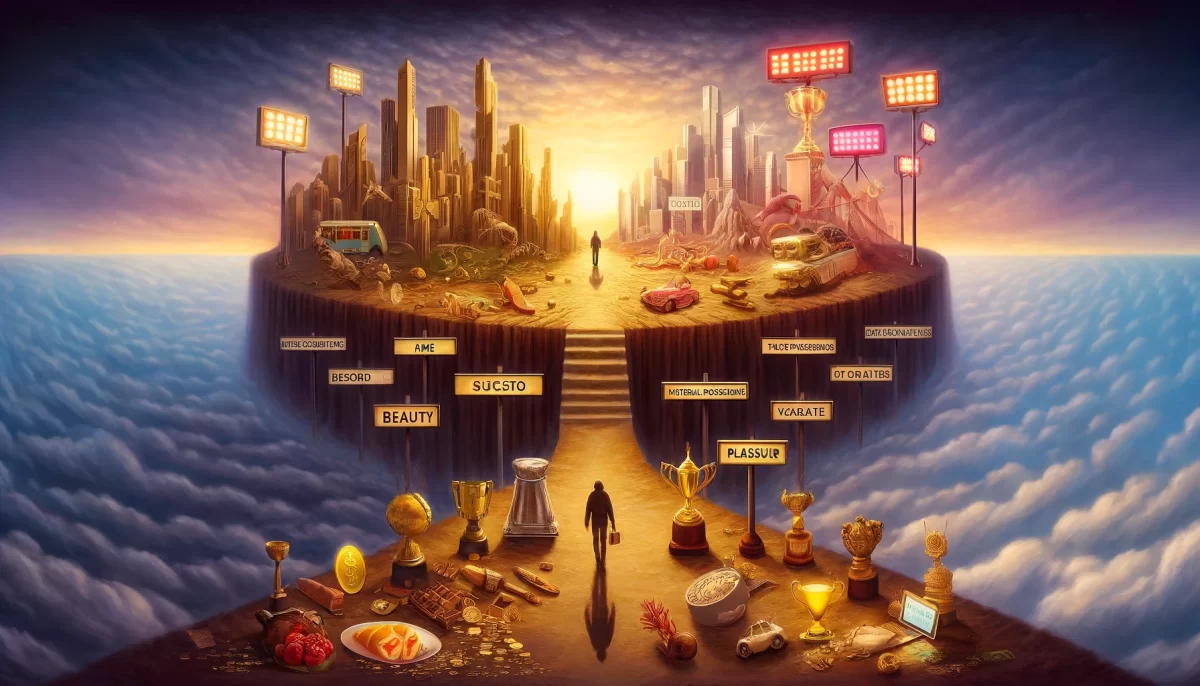
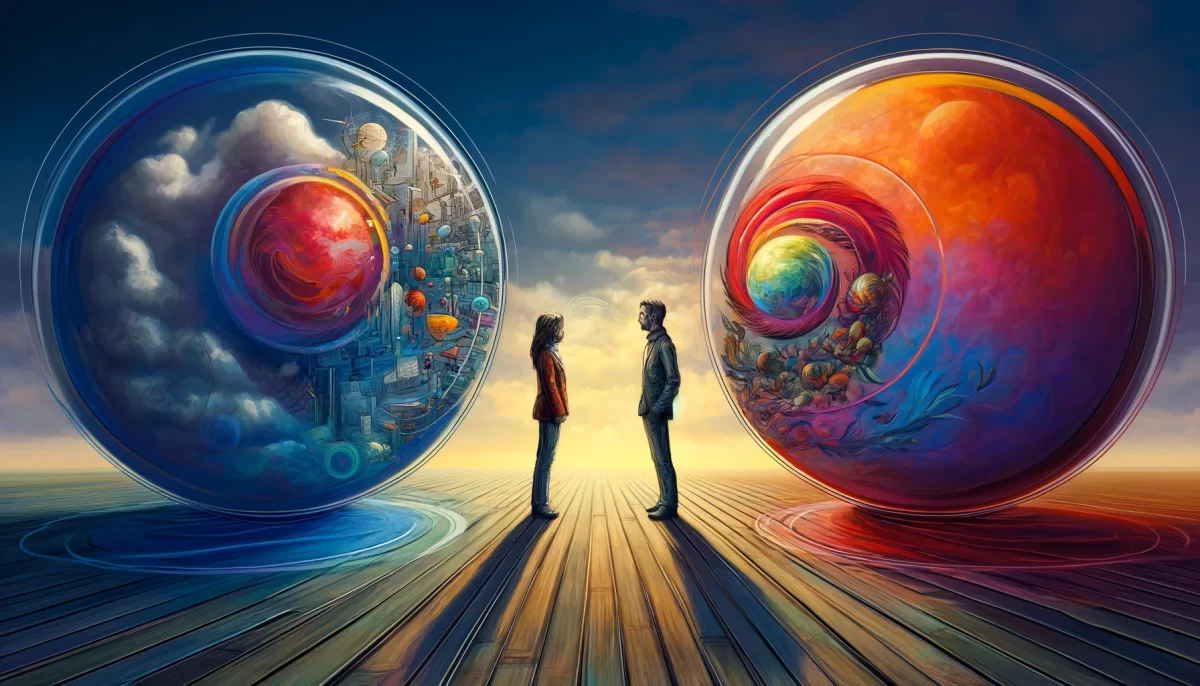

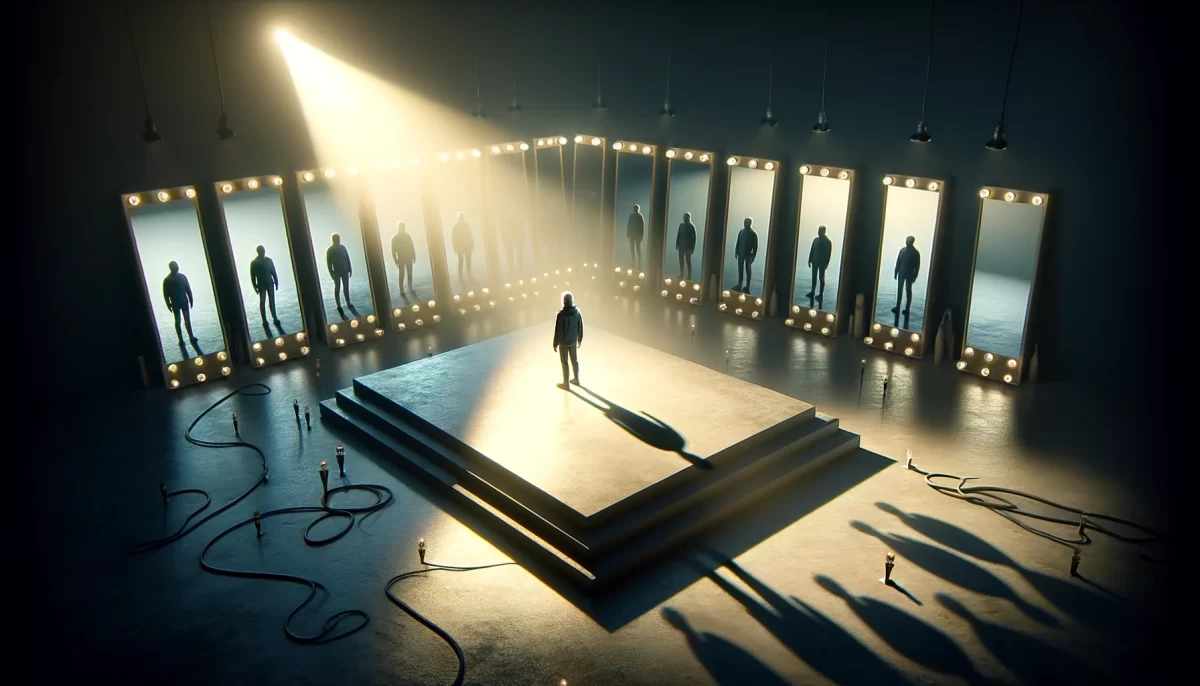
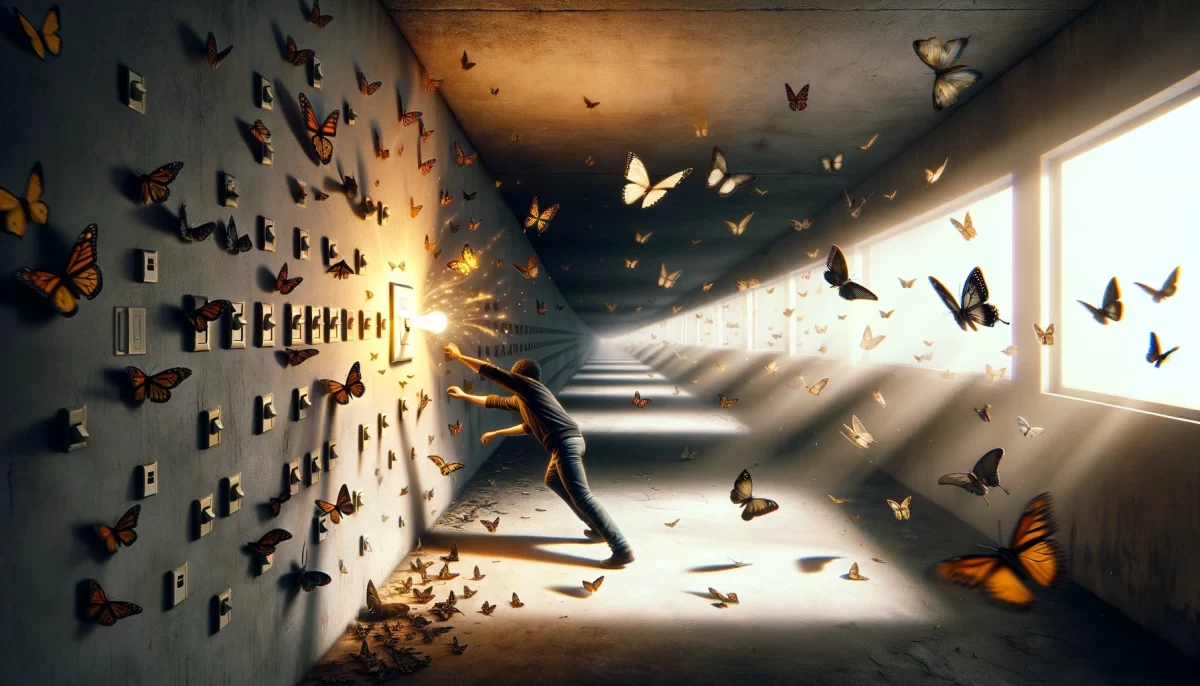

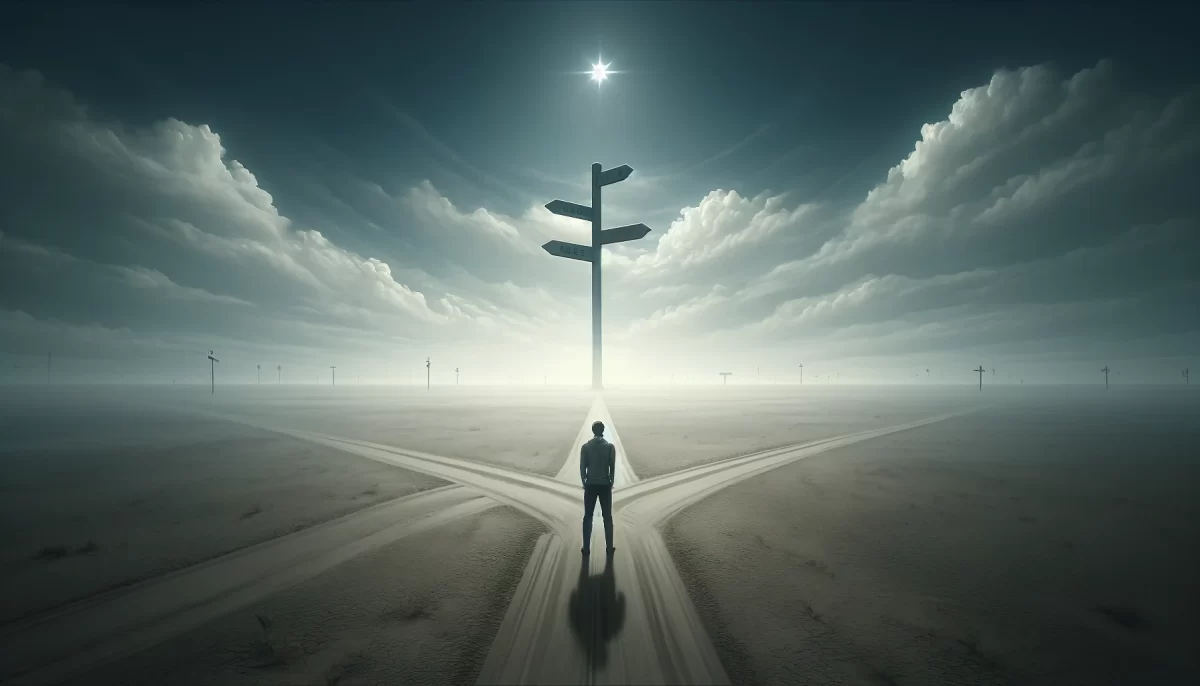
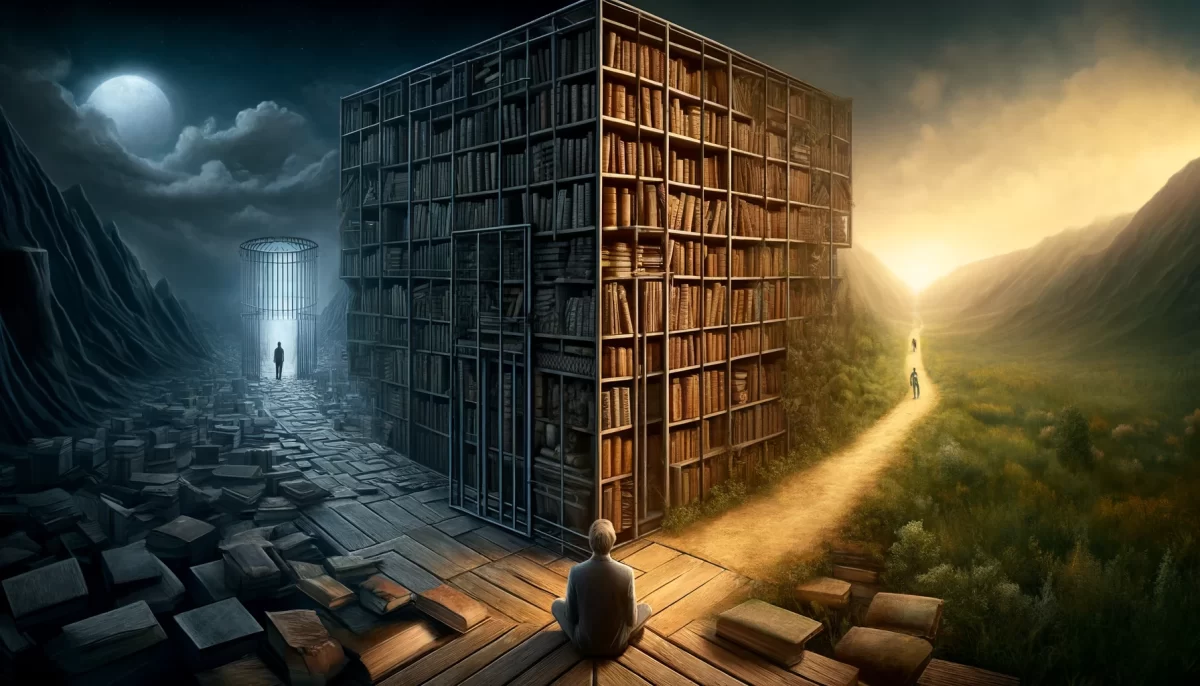
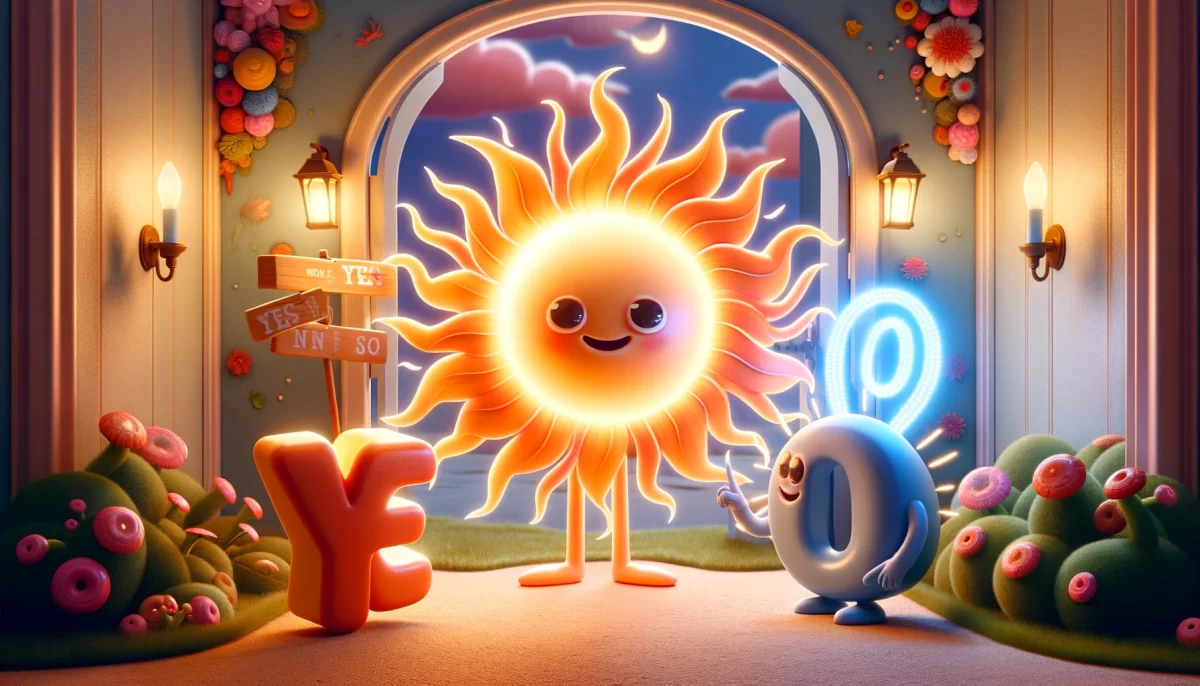

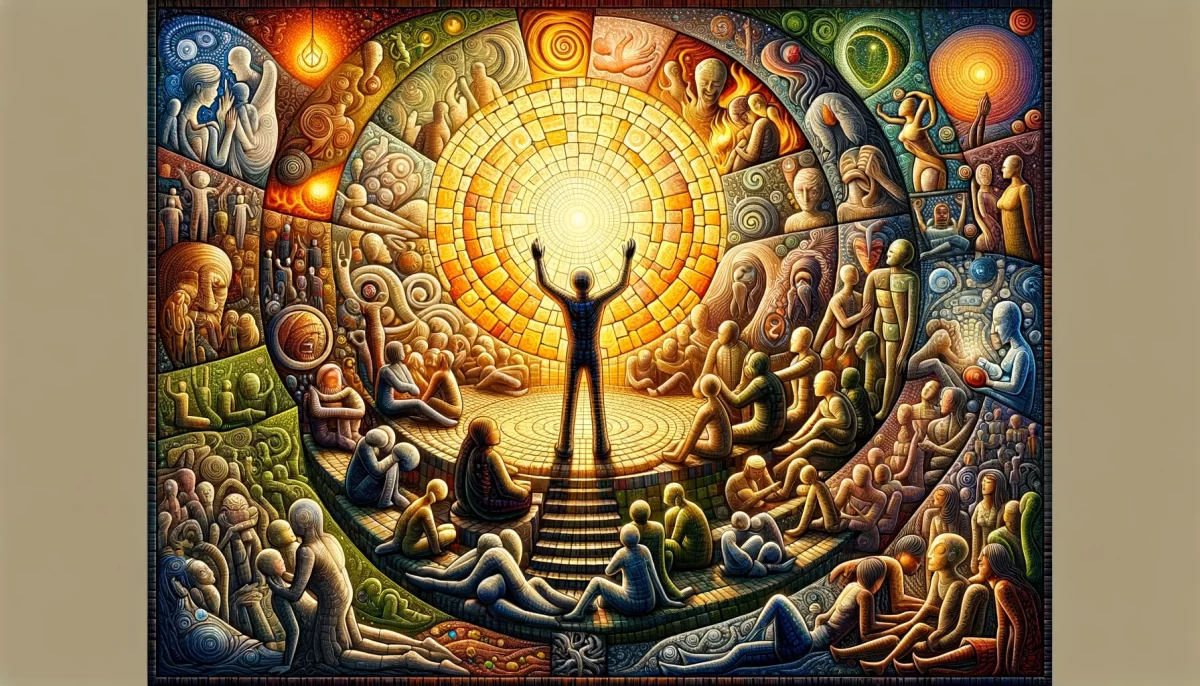
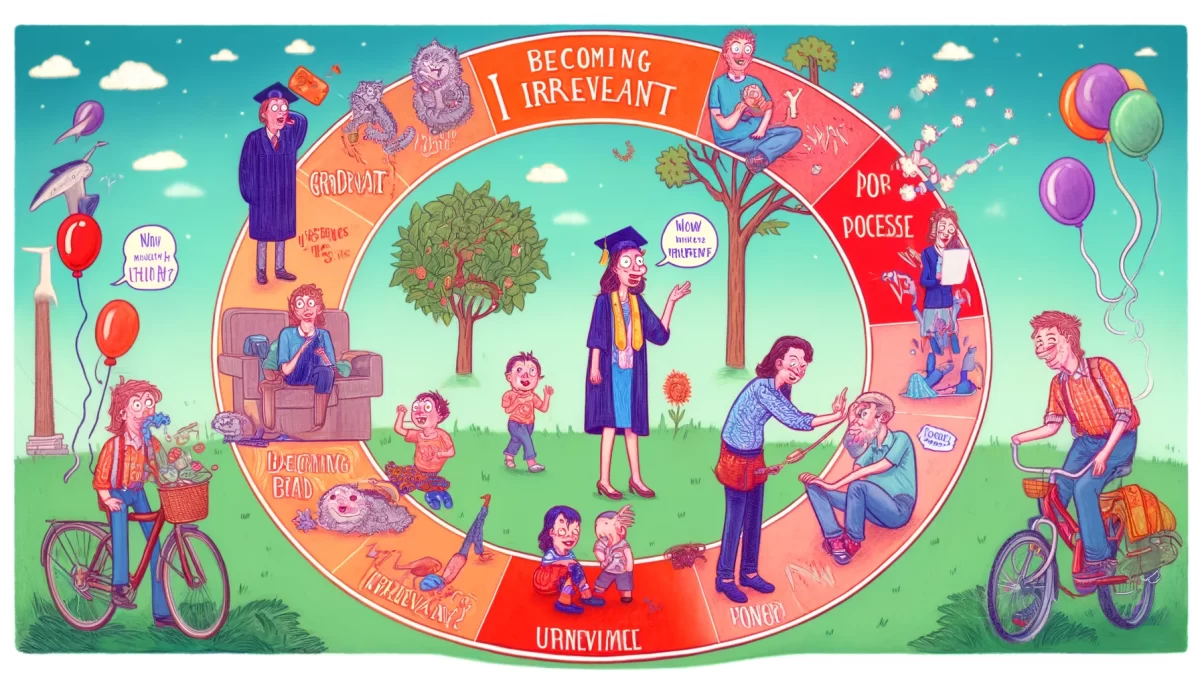
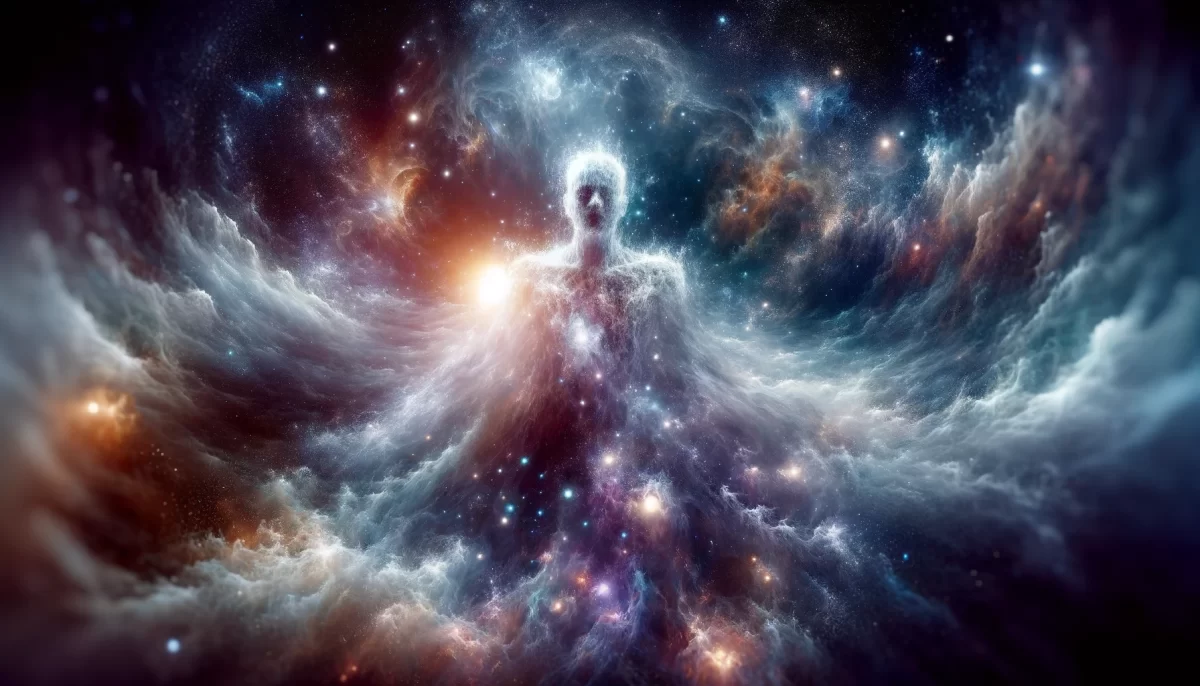
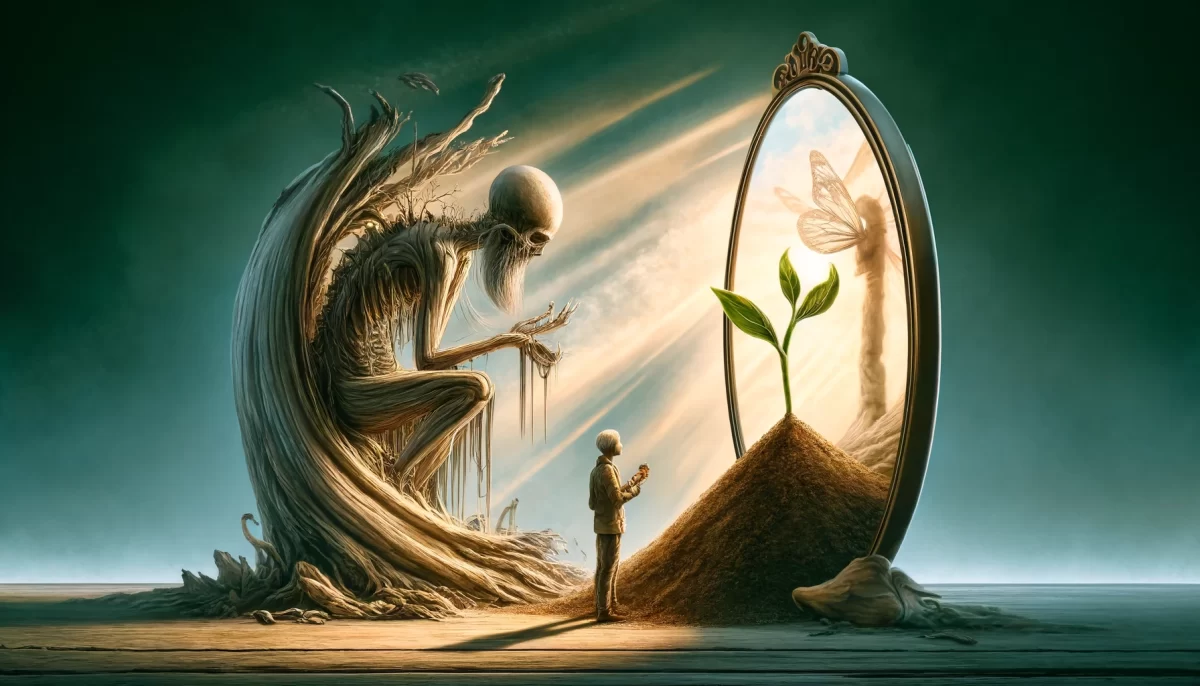
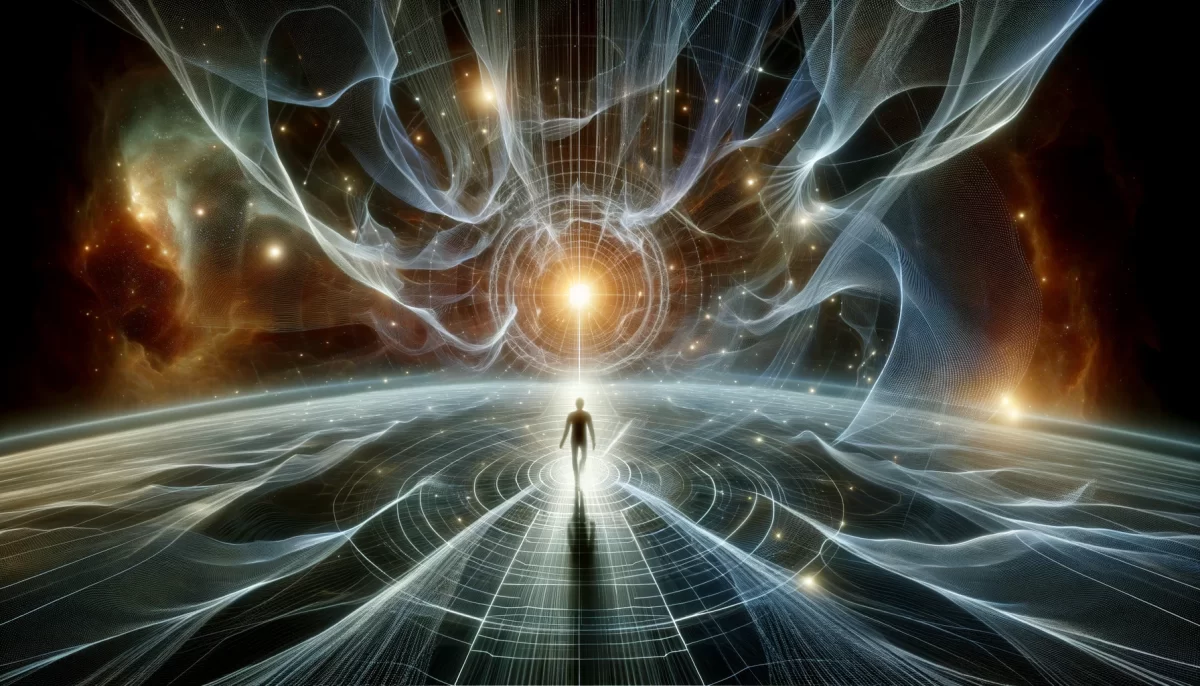

Leave a Reply